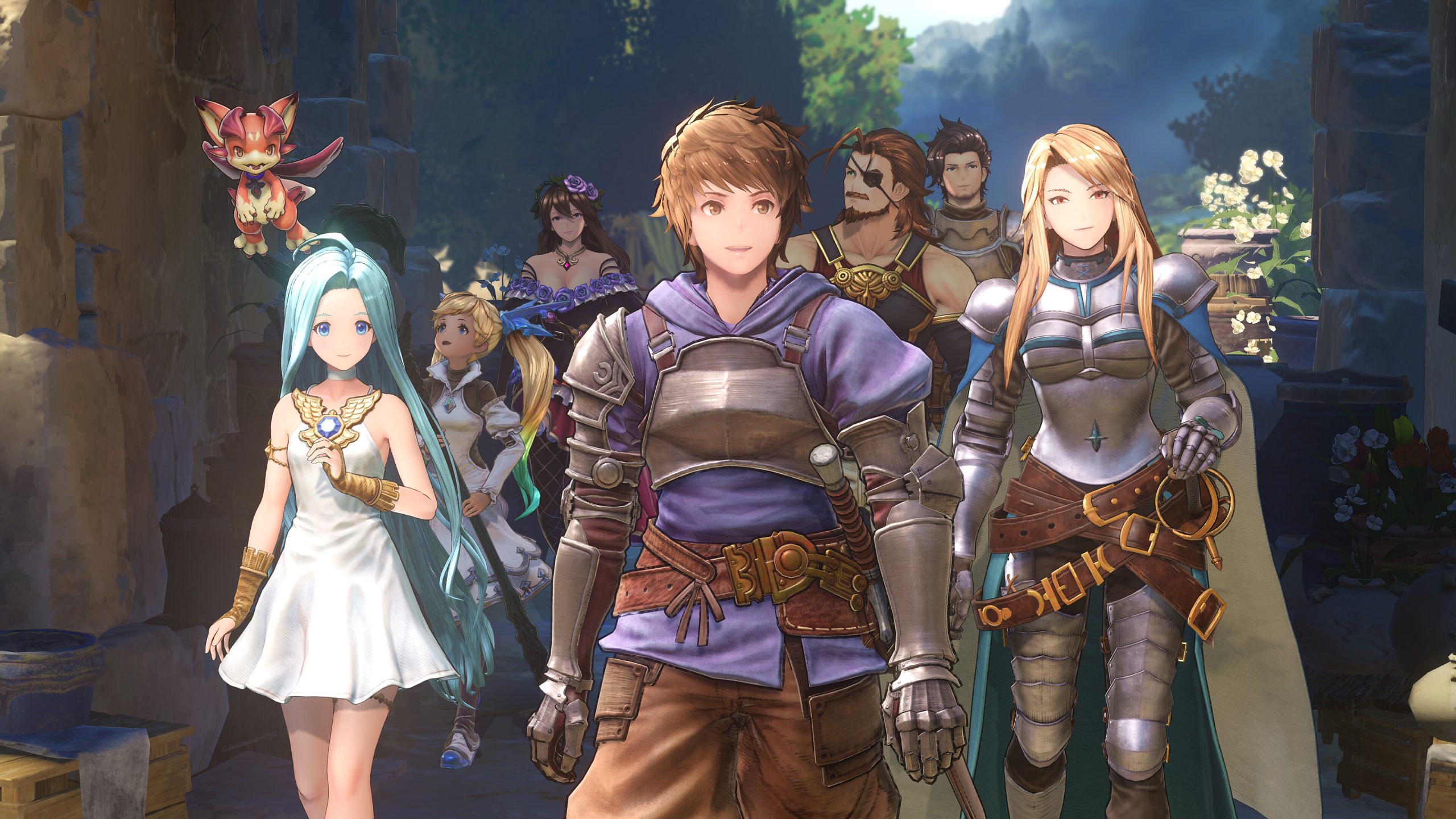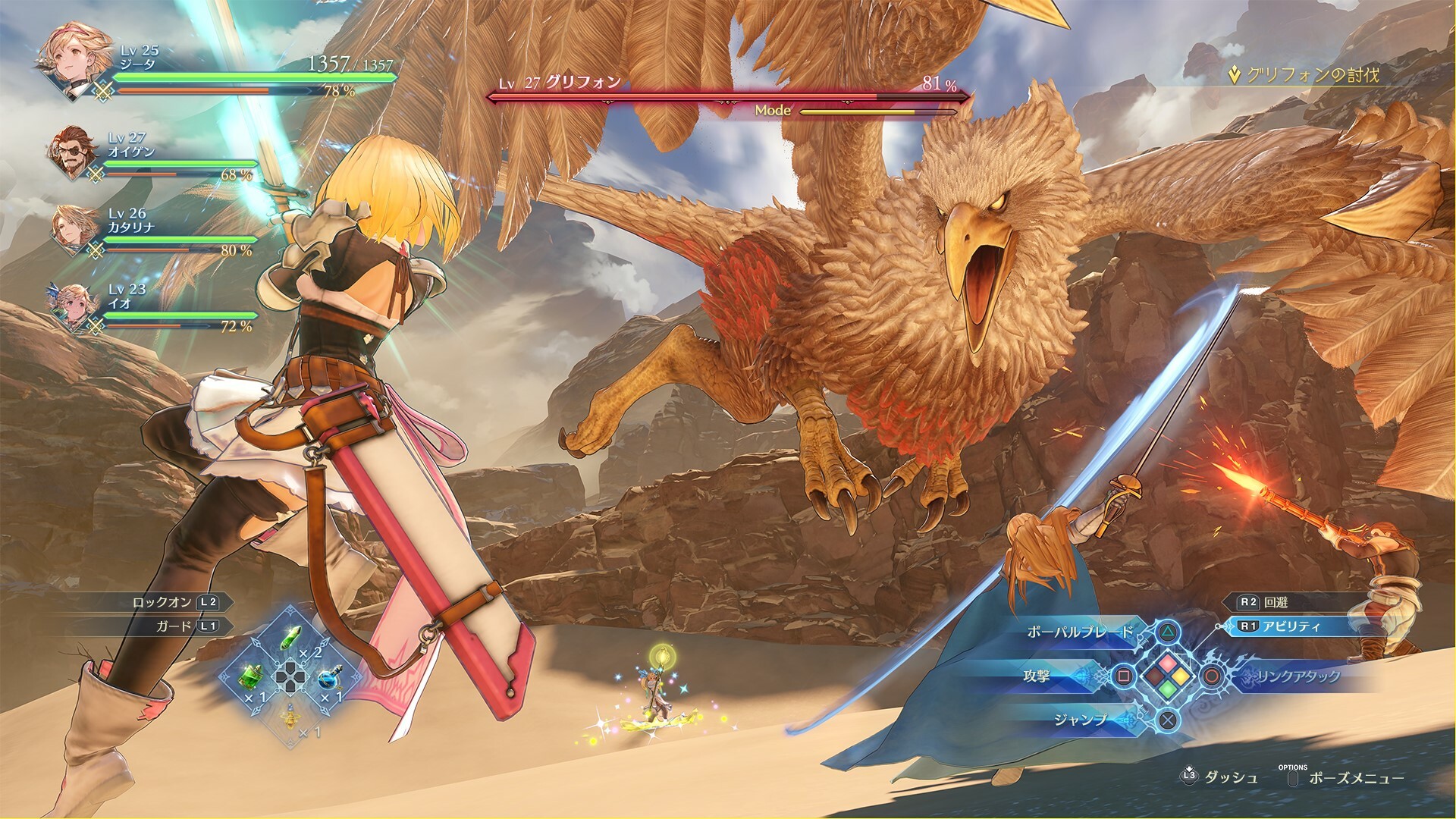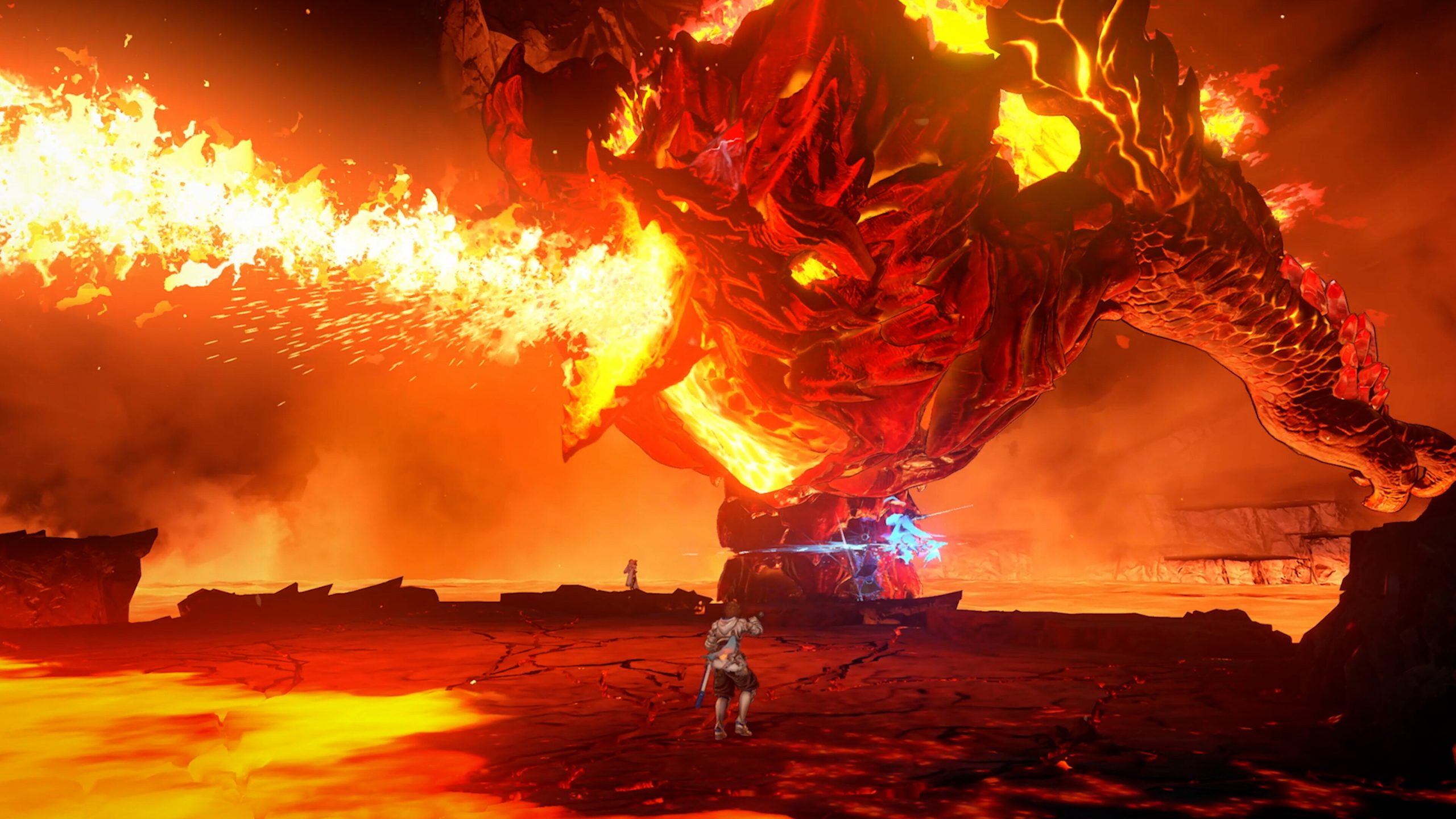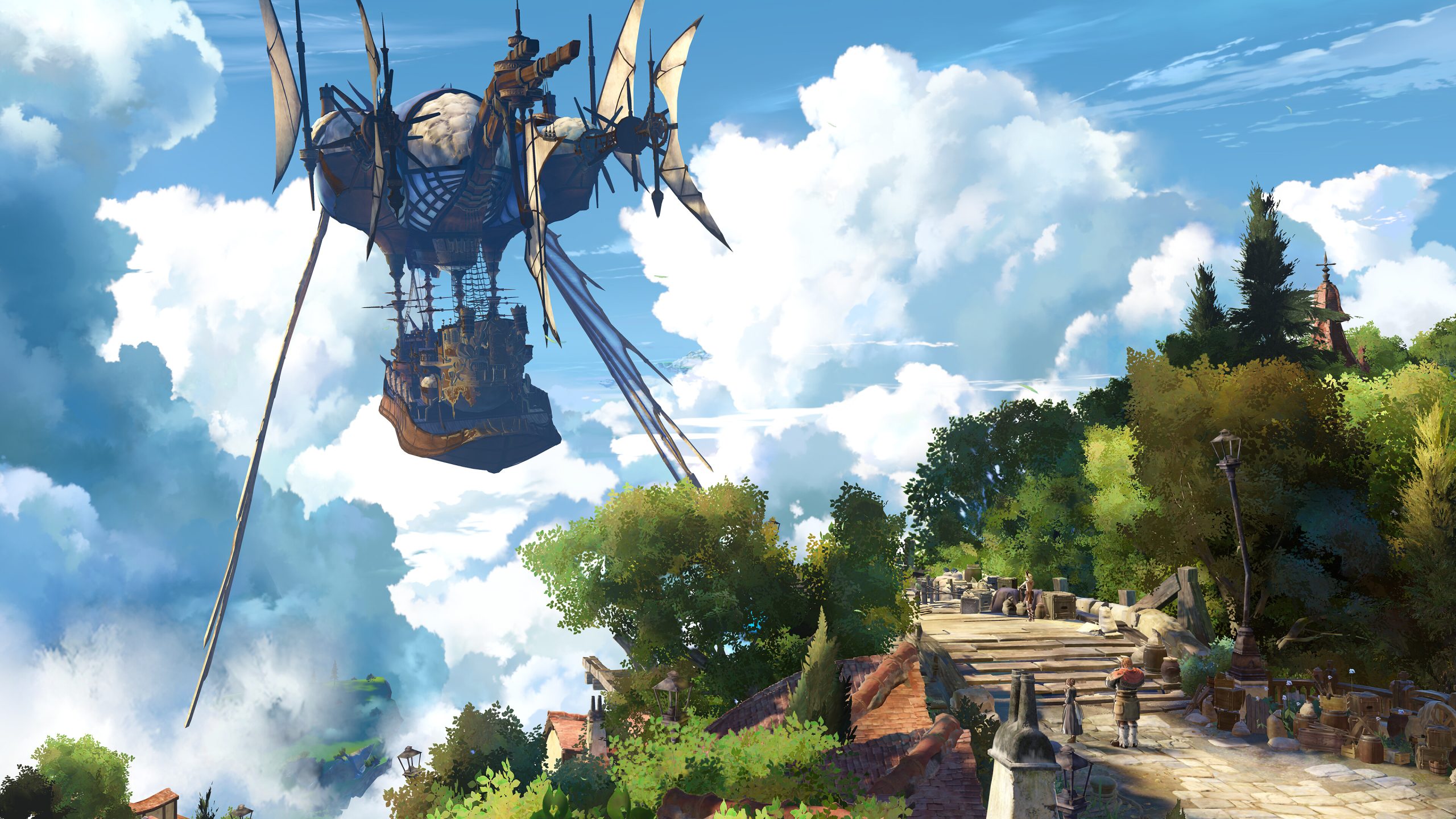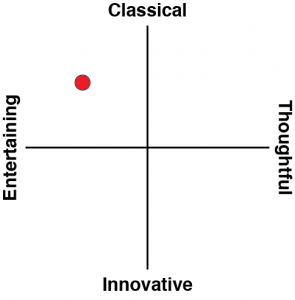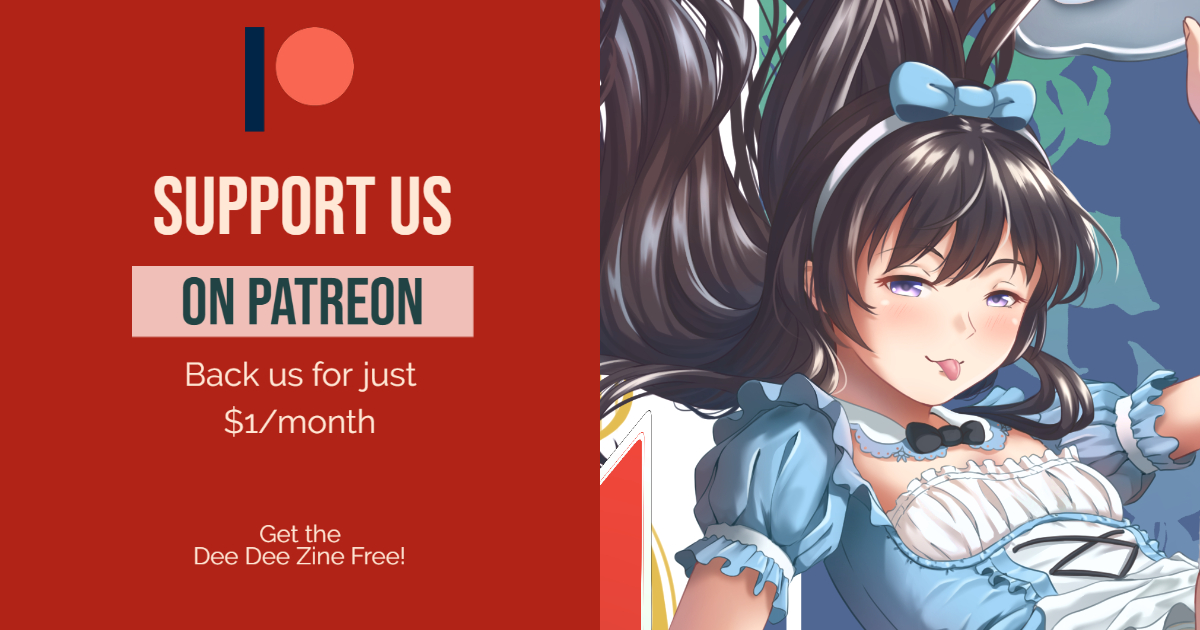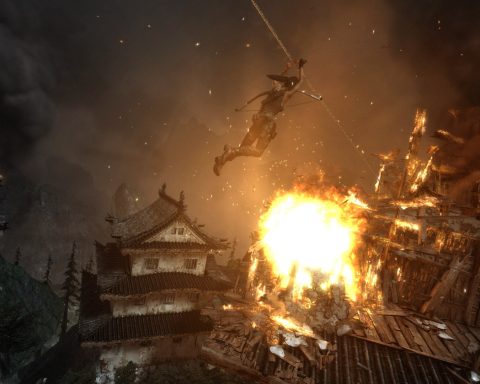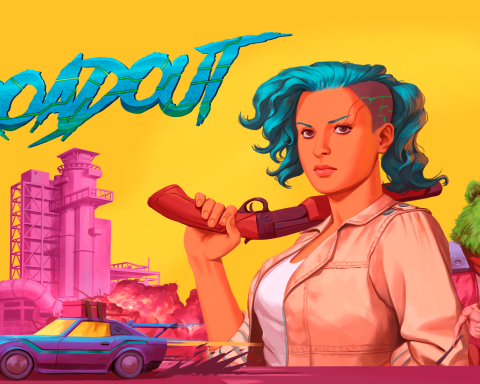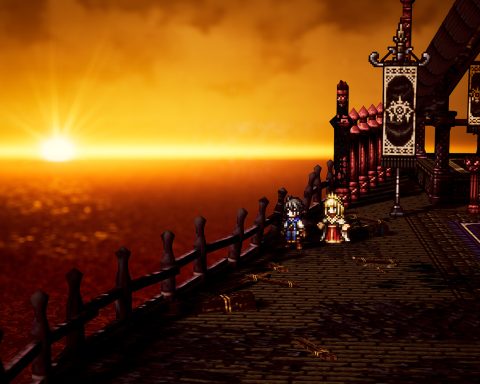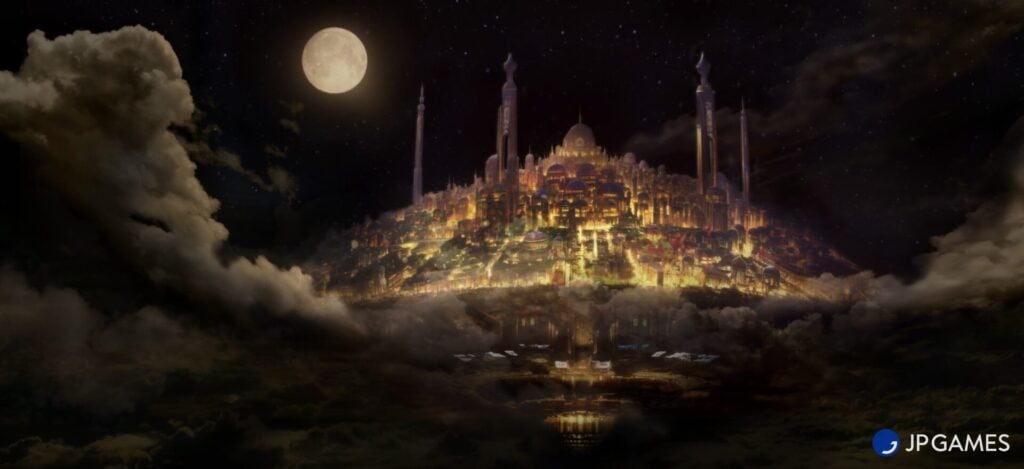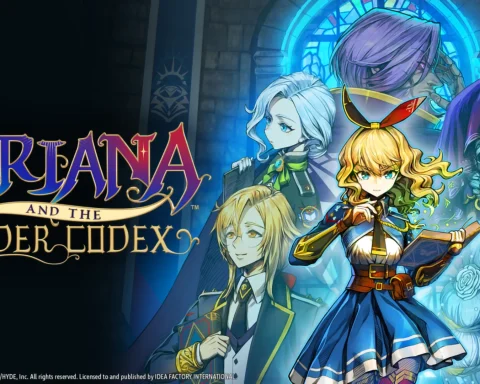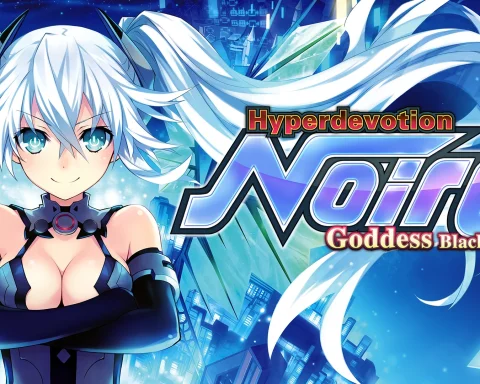Granblue Fantasy turns ten this year – yes, time really does fly – and it is one of the all-time most successful mobile games. It has soared to over 25 million downloads in its home country alone – and that means about one in five Japanese people have played this game. It is also notorious for having one of the most successful microtransaction systems, and it pushed the Japan Online Game Association to curb just how lucrative these systems could be. While that is undeniably not a good thing (people were spending thousands upon thousands to try and get the rare drops), it also speaks to the quality of the project that it genuinely hooked and inspired people so much.
With art from Final Fantasy alumni and a music team that includes Nobuo Uematsu himself, Granblue Fantasy has pitched for a much higher calibre of “mobile JRPG” and largely succeeded at that. It’s just been difficult to follow in the West as, while the game was localised into English, it was never formally released outside of Japan. People who wanted to play it needed to work around some pretty strident region locking on mobile.
That hasn’t stopped the publisher, Cygames, from looking at other ways to develop the property outside of Japan. There was a really very good fighting game released a few years ago (and then recently released again to the current generation of consoles), and now there’s Granblue Fantasy: Relink. First announced eight years ago, and originally a collaboration between Cygames and PlatinumGames, before PlatinumGames dropped off the project, it has clearly suffered through development difficulties, to put it mildly.
Thankfully, unlike many games that take eight years to release and pass through multiple developers, Relink is not bad. In fact, it’s very (very) good. The introduction might leave Western players feeling a little cold, as it does rely on you being familiar with the characters and the narrative arc of Granblue Fantasy… and obviously, a lot of us haven’t had that opportunity. However, it won’t take long to warm to this cast anyway, and then start enjoying the original narrative in its own right. Within the first few hours you’ll also find yourself thoroughly enjoying Relink’s other qualities, too. Most specifically, Relink has an exceptional combat system. However small PlatinumGame’s role was in Relink in the end, it’s clear that the main development team at Cygames Osaka learned from the masters.
The developers weren’t looking to push the boundaries of the action combat system that you’ll find in Relink. You’ll control one hero in a small party, with the others being AI-controlled, and each character can string together a combo of normal attacks, or launch into a special ability (unlocked via a skill tree) that has a cooldown. Meanwhile, all characters are building a percentage bar up to 100% as they explore a level and fight enemies. Once that’s maxed out, they can launch a special attack, and if all four party members do this at the same time, even the toughest boss will have a massive chunk of their life cut out from them.
Again, there’s nothing unique about this. You have seen all of these systems in other games in the past. Enemy combatants are likewise standard types for Action RPG, and you’ll need to bash your way through the usual medley of common grunts, annoying ranged enemies hiding behind them, and the tougher grunts. It’s the boss battles where Relink really gets to shine, with epic battles against giant beasts, that have nicely varied attack patterns. Again, nothing unique or innovative, but just simply well done. In fact, it’s just unfortunate that Relink came after Final Fantasy XVI – a game that really did push boundaries – because in terms of the scope and combat dynamics, the game deserved a change to stand out as one of the best in its particular genre.
As your characters complete quests, they earn points that can be used to unlock new special abilities. The skill trees are not particularly deep, but each character does have a vastly different fighting style, so playing around with each and building their combat utility is still a nice challenge for min-maxers. It wouldn’t work if the combat system was too complex anyway, since the speed of the action – as fast as anything the Tales of or Ys series has ever delivered – requires fast thinking and quick responses rather than detailed tactics.
Some of the mobile heritage comes in here too, as you need to collect a lot of resources to spend a lot on weapon upgrades… for weapons that you’ll likely replace soon enough anyway. There are no microtransactions in Relink, but the endless loop designed to continually drip-feed the rewards to keep you invested is there. I tend to find these systems to be exhausting, but thankfully you don’t have to waste too much time tinkering to get decent loadouts in Relink.
Dungeons have an MMO quality in that they’re largely linear, and broken up by nice, neat combat rooms (often featuring waves of enemies), followed by a bit of exploration around to find the chests and loot. There are also side quests you can (and should) do to grind up experience, and these are dished out via a Monster Hunter-style menu system in the hub town. This is all tied together better than most games in those respective genres, however, thanks to a narrative that isn’t particularly deep, but features some excellent, extended cinematic cut scenes and does a good job of riffing on the traditional Final Fantasy and Dragon Quest motifs.
What will really keep people playing, however, is just how stunning the world of Granblue Fantasy is, now that it has broken free of the mobile roots to be a fully realised, breathing, 3D space to explore. Mobile games have always relied on being aesthetically pleasing to keep people playing, and that explains why the Relink’s cast are all stunningly beautiful “people.” The characters might not be as detailed as some of those in the upper echelons of JRPGs – Clive & co in Final Fantasy XVI, for example, or even the party in Tales of Arise, but the art direction, costuming and overall appeal are off the charts.
Mobile games are renowned for their light fan service. There aren’t any flashes of underwear, of course, or bikini costumes as far as I’m aware. Those days in the “mainstream” industry are long gone. However, the costumes are all designed to showcase an extreme masculinity and femininity in the characters. It actually reminded me of the big “blockbuster” gatcha game – Genshin Impact – in this regard. Every single character has the most incredible, long legs, perfectly shaped hips and perfectly chiselled and shaped chests that the costumes emphasise rather than cover. Meanwhile, when you can take your eyes off the characters, you’ll see breathtaking expanses to explore that might be linear to play through, but visually they look like the grandest moments of a Xenoblade Chronicles or the more recent Star Ocean game. In every way, Granblue Fantasy Relink is a truly eye-catching experience, and it never stops being so across its entire run-time.
I refuse to play mobile gatcha games (in part because I know that I’m the kind of personality that would get too hooked on a favourite one if I found one). However, I have always found Granblue Fantasy’s vision and promise particularly intriguing. The fighting game whet my appetite, but Granblue Fantasy Relink has been my first real exposure to the property. Not only are the characters, setting, lore and world building every bit as enjoyable as I hoped from all the promo material I’ve seen over the years, but for a “spin-off” this is a much better action RPG than I was anticipating. While eight years is no doubt longer than Cygames hoped to spend developing Granblue Fantasy Relink, the wait has been worth it and this is, potentially, the start of a very big new property that will rival the best that Bandai Namco, SEGA and Square Enix produce.
Buy this game on Amazon (By purchasing from this link, you support DDNet. Each sale earns us a small commission).
